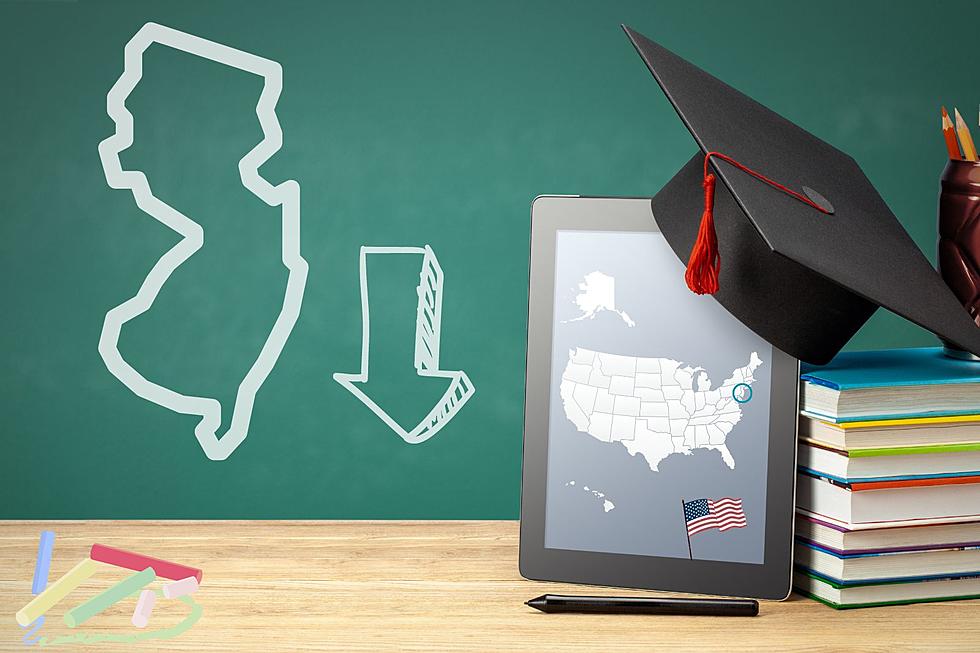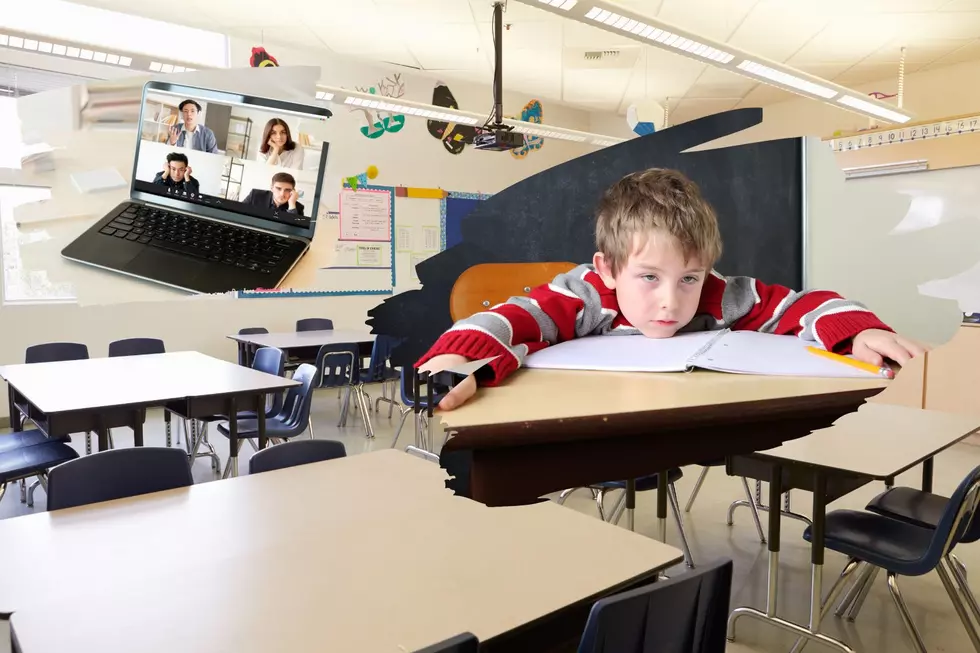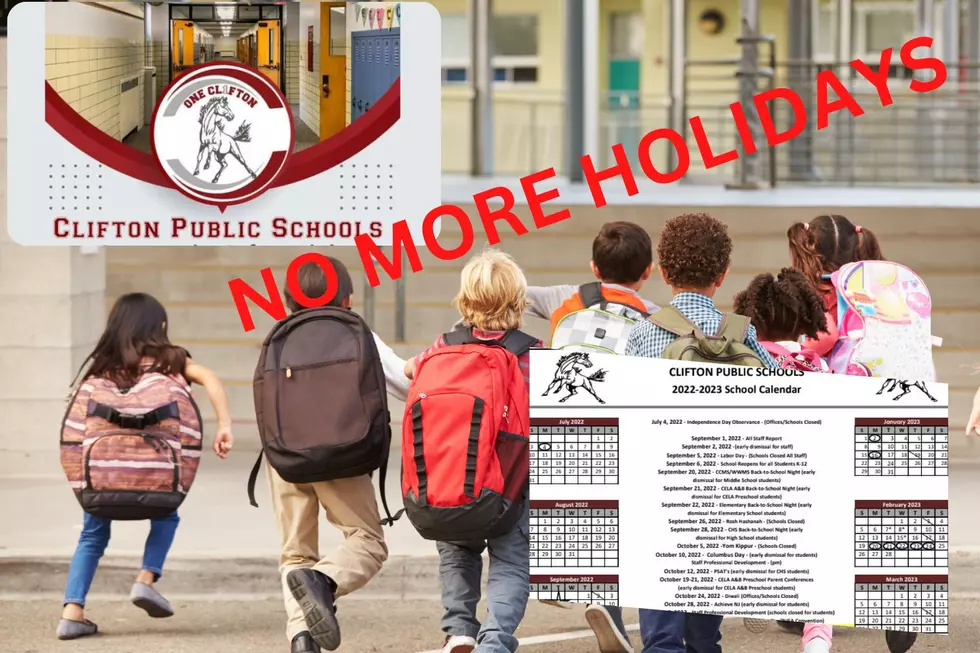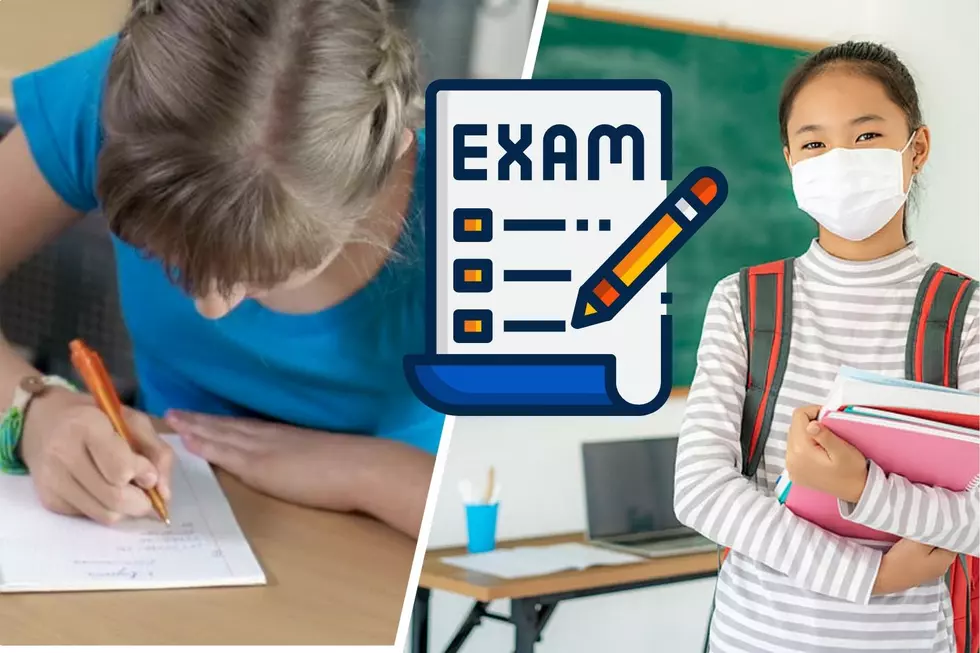
Doubts expressed on NJ’s plan to compensate for learning loss
TRENTON – Some lawmakers question whether the state education department has a robust plan to deal with learning loss, especially after results of the Start Strong assessments that students took last September were published last week.
The topic was one of many repeatedly mentioned at an Assembly budget hearing Monday that lasted more than four hours, in which acting Education Commissioner Angelica Allen-McMillan outlined the state’s response but said in a decentralized system, districts can pivot more quickly than the state.
“Learning loss while on paper looks abysmal – it is very sad for us to look at numbers and see that our children have had this effect from a pandemic,” Allen-McMillan said. “But we do see the opportunity there to continue to advance learning in creative ways, which our districts have done well since their inception, to move students forward and help them reengage in a learning environment.”
Assemblywoman Nancy Munoz, R-Union, said the extended time in online classes reduced students’ comprehension, focus and engagement – part of lockdowns early in the pandemic that, in retrospect, had little to no health benefits but enormous economic and social costs, she said, citing a Johns Hopkins study.
Munoz called the Start Strong results “pretty frightening” and said some kids are two years behind. She said teachers are going to be asked to teach both their grade and the one prior and that she’s not clear on the state’s learning-loss plan, even after Allen-McMillan’s testimony.
“Not just in words but a number and a plan,” Munoz said. “How are we going to address this? Because this will and may and should and will have long-term effects on these kids.”
Allen-McMillan said Gov. Phil Murphy “followed the science” on school closure decisions in the pandemic’s uncertain early days to keep students and teachers safe, then worked to open school doors from the start of the current 2021-22 academic year.
And she said teachers aren’t being asked to teach two years’ worth of curriculum standards – “We don’t approach this problem that way” – but rather highlight priority standards, identified from Start Strong results, to help students going forward.
“It’s not about remediation. It’s about acceleration,” Allen-McMillan said. “And what damage we would do to children if we said, ‘Because you did not learn all of the content in the grade level you were in when the pandemic first occurred, you had to stay there until you learned all of that content.’ No. We actually work to meet students where they are, to understand that we’re always growing and developing and that we will put in place the strong supports.”
Allen-McMillian said the first of three batches of federal funds was the smallest, from which the state had a competitive grant for 16 school districts to address learning loss. That became a $75 million plan in the second batch, she said, with three-fourths devoted to science and math and the other quarter to visual and performing arts.
She said learning loss is connected with students’ social and emotional well-being, so the state is providing funds for mental health supports, such as small groups for students who have lost family members and suicide interventions. She said the state hired a mental health expert at the Department of Education to help identify best practices in districts.
The proposed state budget also includes $2 million for a RAPID reading intervention program. Munoz questioned whether that’s sufficient, comparing it to $5 million in the budget for climate change education.
Allen-McMillan said that’s one of many learning-loss strategies being pursued.
“It’s like a conflaguration,” she said. “It’s not just one silver bullet. We’re adding on to the work that’s being done as we learn more.”

Allen-McMillan said the state lacks the longitudinal data it had before the pandemic and is looking to administer the Start Strong assessments again this coming September to have data moving forward.
Michael Symons is the Statehouse bureau chief for New Jersey 101.5. You can reach him at michael.symons@townsquaremedia.com
Click here to contact an editor about feedback or a correction for this story.
New Jersey high school graduation rates
Average SAT scores for all NJ high schools, 2020-21
School aid for all New Jersey districts for 2022-23
More From New Jersey 101.5 FM









